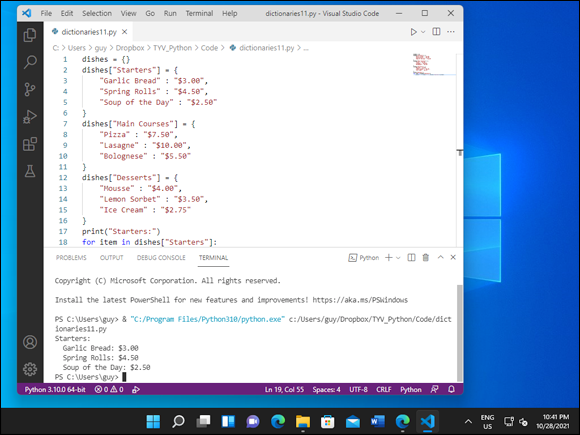CHAPTER 3
Getting Started with Variables
In this chapter, you learn to work with variables, named areas of memory that you can use to store data as your apps run. You explore the different data types Python uses and learn how to use each data type effectively. Along the way, you create variables by assigning data to them, retrieve data from variables, change the contents of variables, and determine the data type of the values assigned to variables.

Understanding Variables and Their Usage
Understanding Python’s Data Types
Work with Floating-Point Values
Understanding Variables and Their Usage
In this section, you learn the essentials of variables, which are named areas of memory that you can create for storing data while your Python code runs.
Python supports various different data types, such as integers for whole-number values, Booleans for True/False values, and strings for words or other sequences of text characters. After creating a variable, you can assign any type of data to it that Python uses. See the following section, “Understanding Python’s Data Types,” for details on Python’s data types.
What Is a Variable?
A variable is an area of memory in which you can store data. ...
Get Teach Yourself VISUALLY Python now with the O’Reilly learning platform.
O’Reilly members experience books, live events, courses curated by job role, and more from O’Reilly and nearly 200 top publishers.

